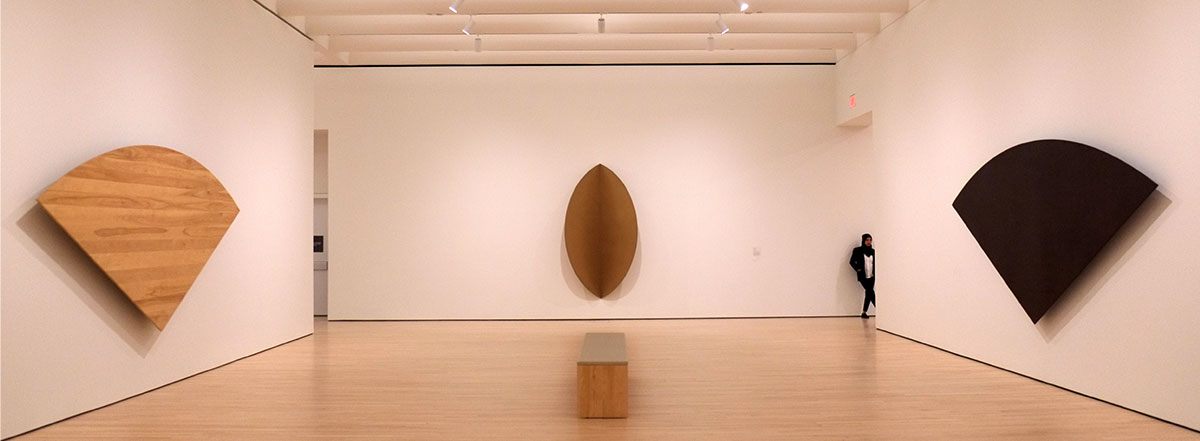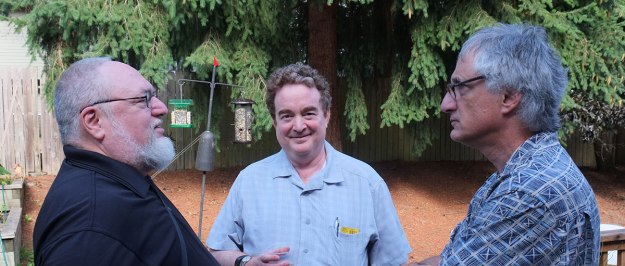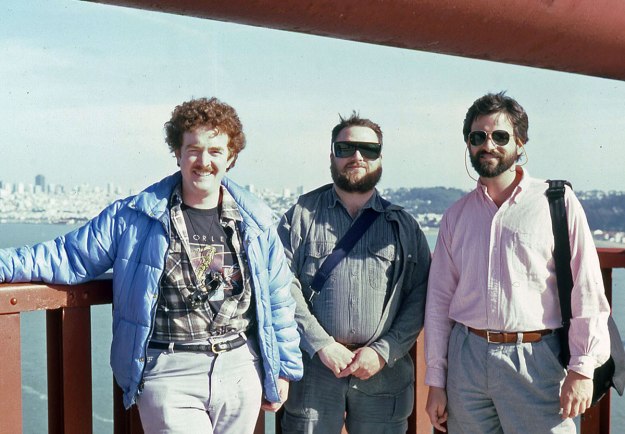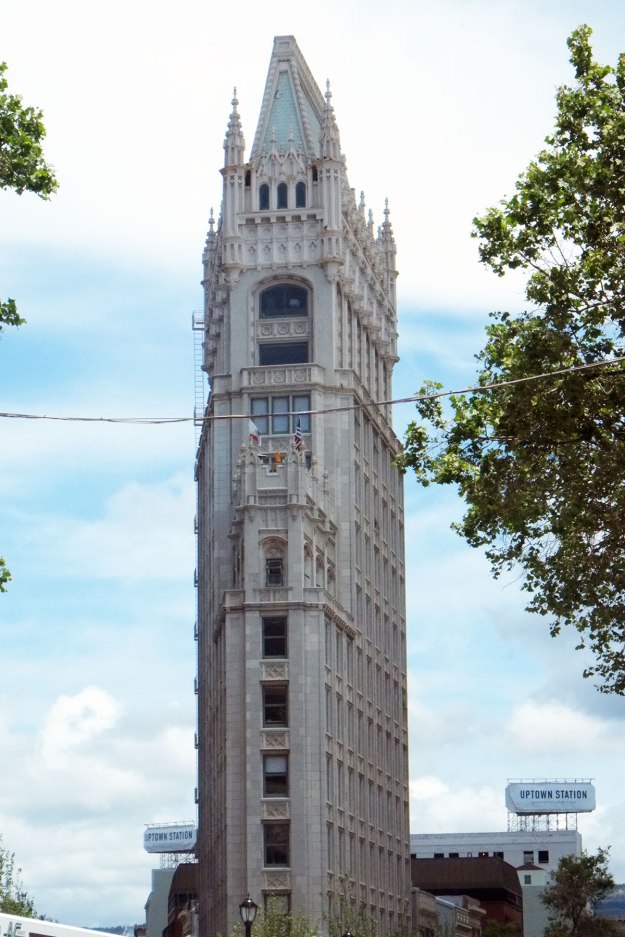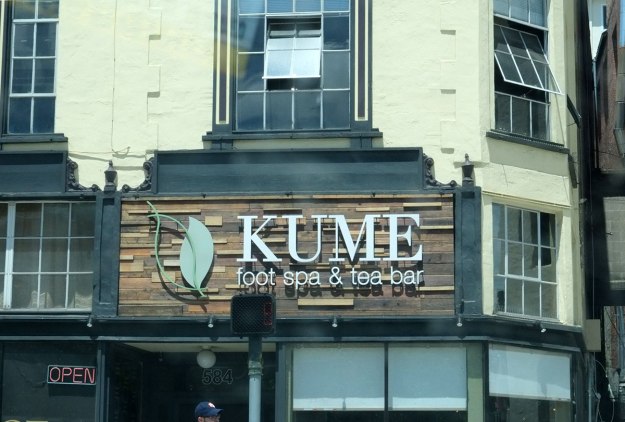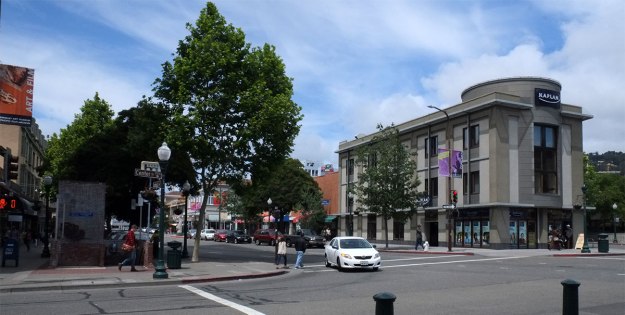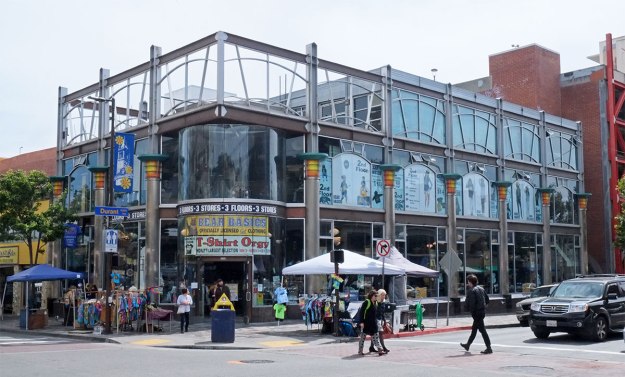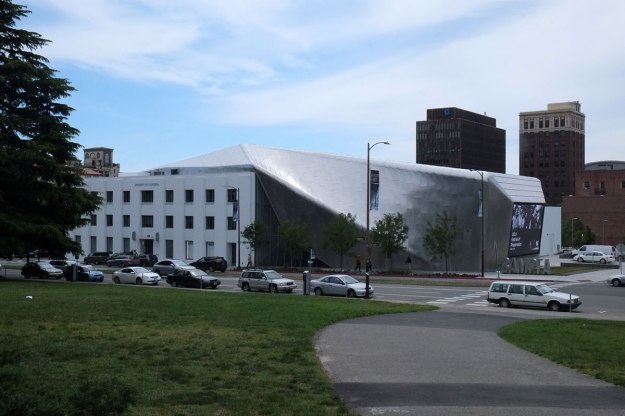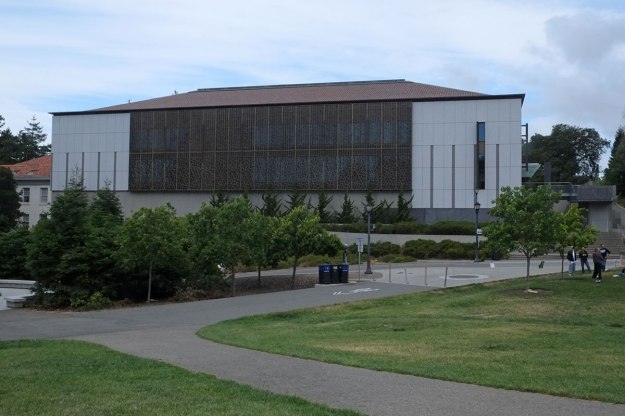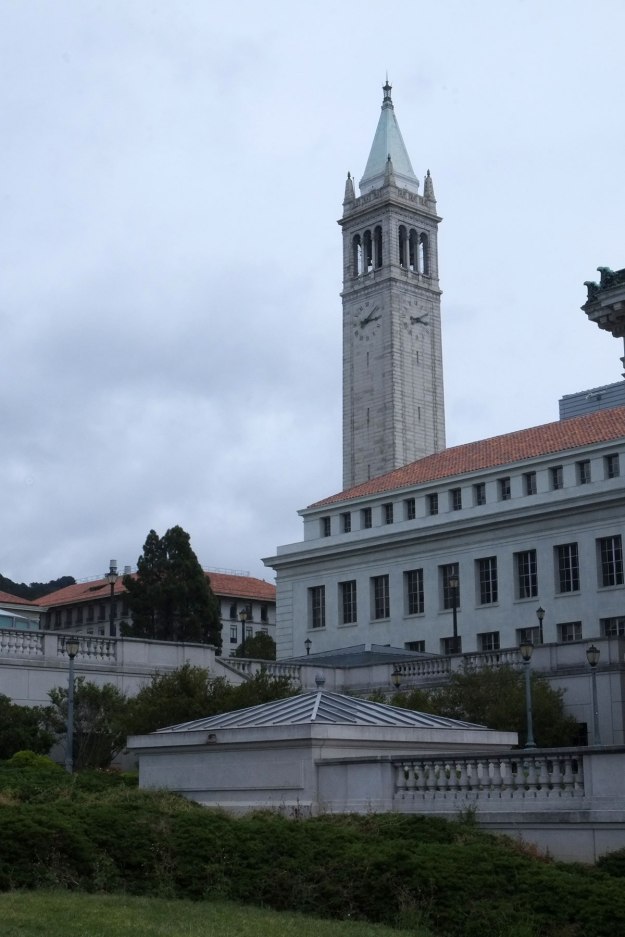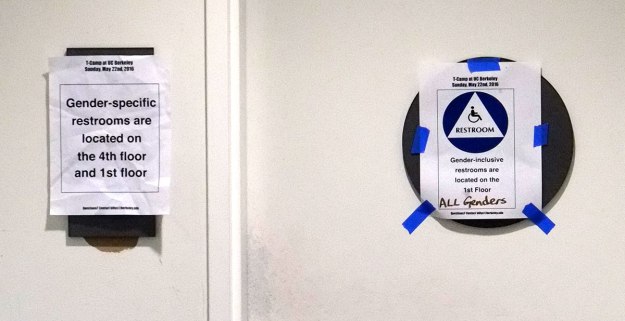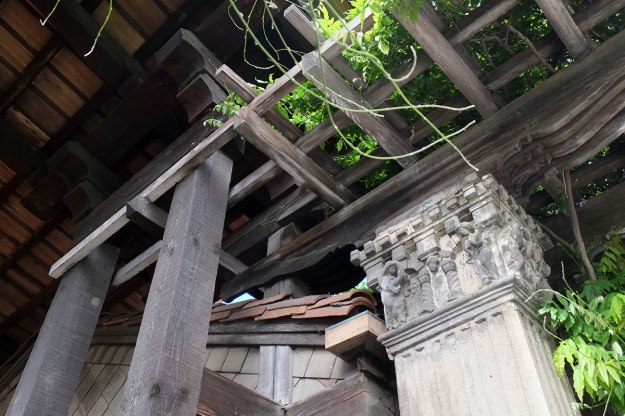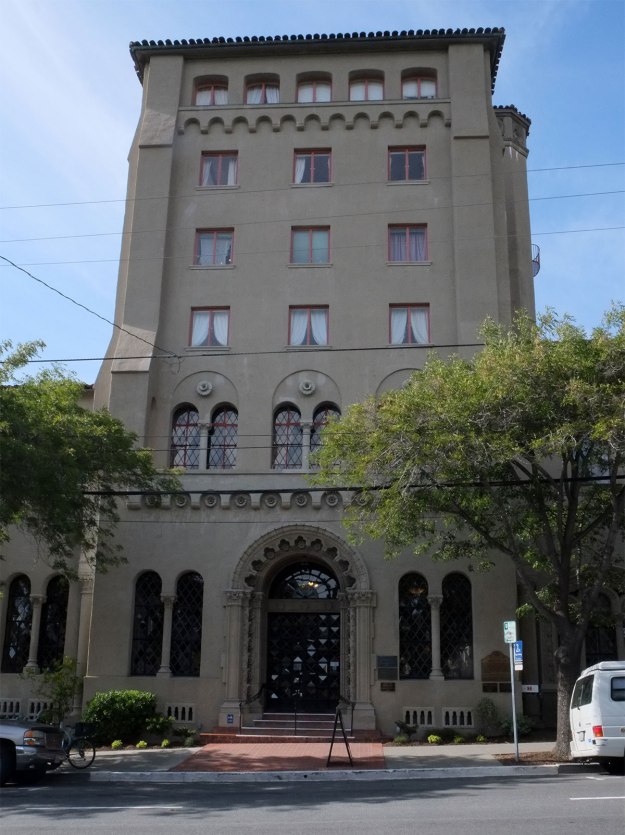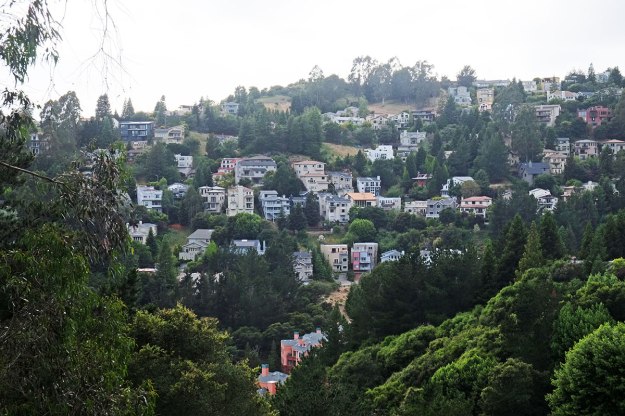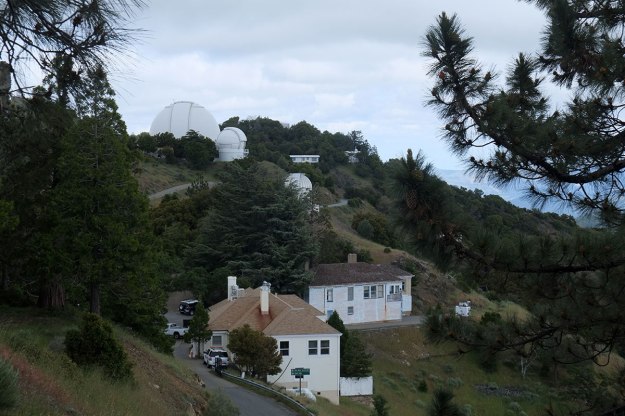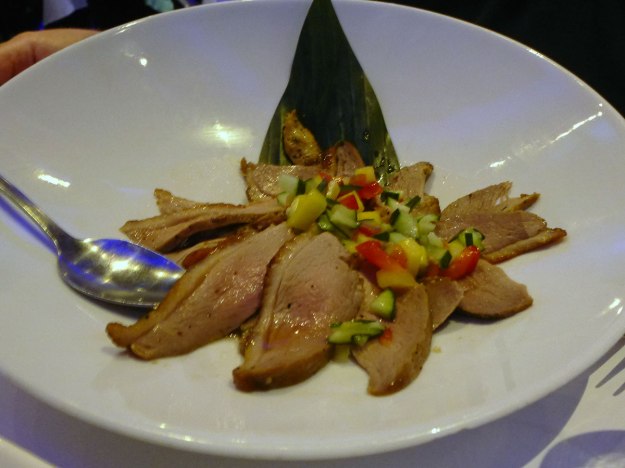As I’ve tried to pass on my hard-won wisdom to Greta over the past decade, certain insights and aphorisms have appeared repeatedly. Be aware of what is happening around you all the time. Always have three points of contact with the boat. How can this be explained by natural selection? Never put pineapple on pizza. But near the top of the list has been the warning, Be careful to whom you talk the first day of college, as you might be stuck with them for the rest of your life.
Dan Rabin is our prime example of this. Dan lived in a single next door to our suite in Hurlbut Hall freshman year. He was slight, youngish-seeming (he did turn out to be a year younger, having skipped a grade), from Silver Spring, MD. As I looked around his almost-bare room, two things jumped out at me. There was a rug on the floor which had a leaping tiger cub and said Daniel Eli, and there was a huge black and white city map on the wall. I didn’t recognize the city, so I looked more closely, and noticed that the map had been pieced together from many 14×17 sheets. It was a very detailed map, with blocks and streets clearly represented, and then I noticed it was hand-drawn in pencil. Dan explained that it was a city he had made up. I later found out that he hadn’t just doodled a map and it kept growing. He had recapitulated the process of metropolitan growth in the process of drawing the map. He started with the small colonial settlement on the natural harbor, which then expanded. In the 19th century, the railroad line came in, which shifted where the growth occurred, and various grids appeared, as new plats were added to the city, and outlying villages were subsumed. Finally, there was development of the 20th century street network, and the interstates came to the city, bringing the postwar suburban growth pattern with them.
This map is a good illustration of how Dan’s mind works – any seemingly casual remark is always backed-up by an incredible amount of research, knowledge and thought (as any reader of this blog knows from seeing Dan’s comments about my posts on Facebook, where he adds a lot of background and corrections to posts I’ve just tossed off.) For decades I’ve relied upon him to know more, and remember more, about a wide range of subjects – cities, music, science fiction, food, transit systems, science in general, computers, geography, politics, etc. – where I have gaps. In a dorm full of what I’ve characterized as “misfits and savants”, Dan was out there at the nerdy end of the spectrum. This was a semi-derisive term when we were young, but I’ve found that Greta and her friends are proud of this label, as it signifies people who have deeper concerns than whatever subjects are currently popular.
Dan arrived at college with an advanced background in science and math, especially computer science. He had been working as a summer intern at the National Bureau of Standards for years, getting an exposure to computers before it was on most people’s radar. Dan started as a physics major, but then like most of my friends, switched over to engineering. However, he took advantage of the range of subjects available, studying folklore and mythology, literature, etc. We talked about Tolkien in those early years (Dan was the only person I knew who actually wrote in Elvish), and he was part of our core group which became exposed to and then dove into the Grateful Dead freshman year. For physical activity, we walked around the Boston area looking at places, and he threw a mean Frisbee. This was when Dan began to really develop his obsession with strange rock music. A Beatles and Dylan fanatic when he was young, before long he was pulling out obscure Frank Zappa or Captain Beefheart albums to educate me. Eventually in the 80s he ran out of offbeat rock music to collect (at one point he remarked that he had twelve Gentle Giant albums, and he didn’t really like Gentle Giant), and he switched over to collecting strange jazz, of which there is a limitless supply.
After college Dan, Norman and I drove cross country together, our first exposure to the West.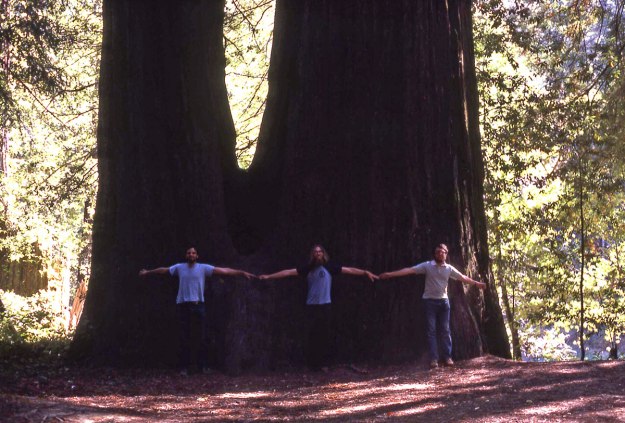
We returned to Boston, where Dan went to grad school at MIT for a couple of years in operations research. Living near each other in Somerville, we hung out a lot, and along with Jon Ehrman and John Wenzel, we taught ourselves to cook the new styles of Chinese food that had swept the country in the 70s. Dan stayed on in Boston after I moved to New York, working in the computer industry, and then moved to San Diego to be part of a research group at the university, doing what we now think of as artificial intelligence. After years of gloom and post-collegiate funk in Boston, Dan discovered life in the Promised Land (sunshine and great food!), and has spent most of his life there since. We would get together when business trips or family gatherings brought us cross-country.
One day, while Dan was working at Xerox PARC, it occurred to him that maybe he should take a computer class, which he’d never done. So he moved to New Haven to work on his PhD. I remember him gleefully contacting me the first day of fall term, after he had just taught a section of a large intro computer course, to tell me that he was teaching computer science at Yale, before he had actually ever taken a computer course himself..
I spent a year working in Norwalk in 1995, so once again Dan and I could hang out, eating New Haven pizza and taking excursions into the City and around southern New England (Dan was especially fond of the post-19th-century-industrial landscape of places like Taunton). But missing California while succumbing to the widespread loathing of New Haven, he headed back to the Bay Area, where he finished his dissertation and remained. Dan’s timing for graduate school was bad, as there were no academic positions in his specialty for a few years, so he continued working in the industry, with stints at Apple, Adobe and Google. (Dan has noted that unlike most of his colleagues in the industry, he procured a PhD; instead, they procured houses.)
Living on the West Coast, we’ve been able to see more of Dan in recent years, and an important part of this has been his friendship with Greta. (I think their bond was cemented six years ago, when in the middle of a conversation, Dan lapsed into a Monty Python reference – “No, try again ” – and Greta correctly replied “Australia?”) Dan is on her very short list of favorite grown-ups, probably because he exhibits so little of the conventional behavior and opinions you expect from most grown-ups, and he’s always treated her as a peer, not dismissed her as a little kid. He understands the types of ideas and places Greta will find interesting, and our ramblings now skew in that direction, as on this visit in 2010.
Dan has been gainfully unemployed in recent years, devoting his time to biking, photography, and bird-watching (usually combining these three), music, and restaurant-exploration with friends. Those of you who are Facebook friends with me undoubtedly have seen Dan’s many insightful and funny comments on my posts (indeed, not a few of you have mentioned that getting to read Dan’s comments is the main reason you’re friends with me). I think these comments take a significant amount of work, and I’m hoping that his Facebook oeuvre is being archived somewhere for future generations (but perhaps with a pun-filter.)
Greta and I were pretty burned out with trip planning by the time we got to the Bay Area, so we let Dan determine our agenda. He took us to some of his favorite places (such as the Lick Observatory), and a wide range of fabulous Asian restaurants around the Peninsula. I did my normal digression into chicken-walk photography around notable architecture, which works much better with Dan along – when he and Greta get tired of the architecture, they can sit and talk to each other about other things.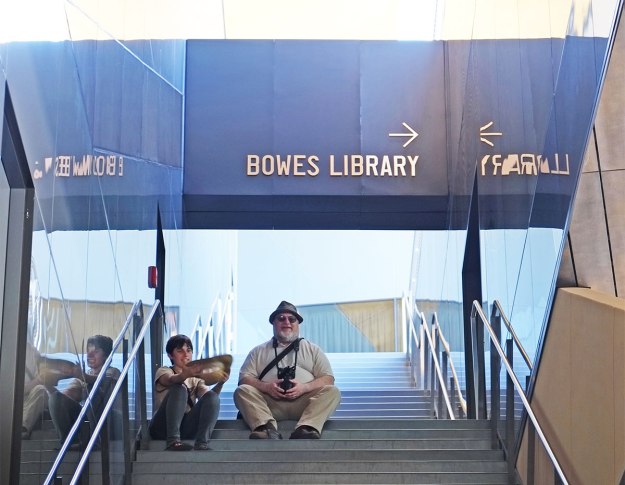
Just as Leon Krier often included a small sketch of James Stirling as part of the entourage in his renderings, I’ve noticed that in many of my architectural and city photos over the years, Dan appears in a corner of the picture,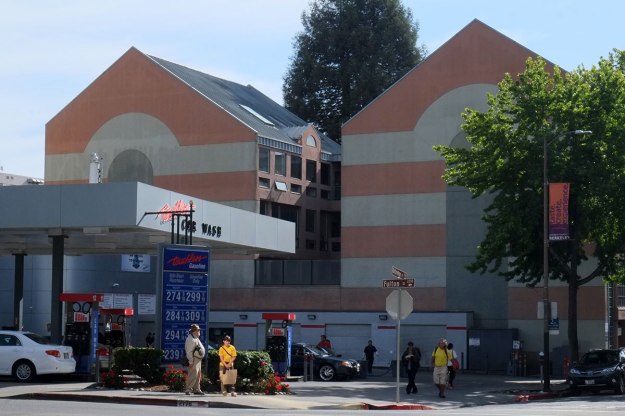
as we have spent much of our time together in the past four decades wandering around looking at places and talking. The partnership works well, as our interests overlap quite a bit, but Dan brings a different perspective and knowledge far beyond mine on many aspects. (For examples, Dan has ridden every mile of the New York City subway system, but he has never lived in New York. Another time, he spent weeks of vacation visiting and analyzing the structure of Central Valley towns, after which he sent me a report.)
When we began this trip, I mentioned to Greta that I intended to track down a lot of my old friends, and she said cool, she wanted to meet more of them, as the ones she knew well (Dan, Bob and Mike, pictured at the top), were really interesting and entertaining. And as we neared California on this trip, trying to decide what parts of that vast state we had time to visit, Greta said she had only two absolute requirements: revisiting the Monterey Bay Aquarium, and seeing Dan. So it turns out that not only might you get stuck with the people you meet the first day in college, but your kids might also.
